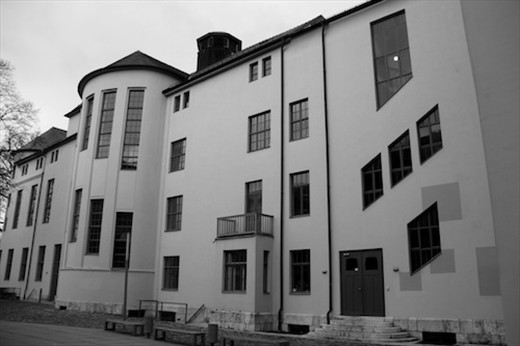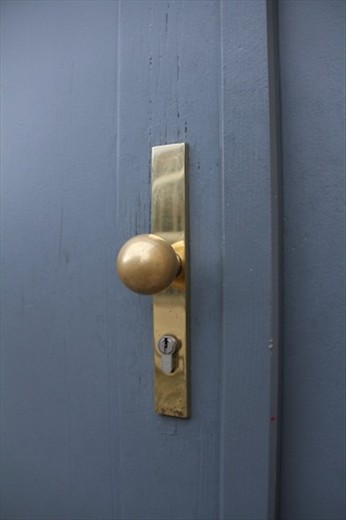Walter Gropius is to 20th Century architecture what Sartre, Joyce and Picasso are to philosophy, literature and painting respectively. Each found inspiration in the disillusionment that followed the First World War. And it is fitting that Gropius’s Bauhaus movement – Form Follows Function – began here in Weimar, current home of the Bauhaus University where avant-garde artists Paul Klee and Vassily Kandinsky were once instructors.

Baushaus University
Baushaus began in Weimar and moved to Dessau under pressure from the Nazis. But examples of Bauhaus can be found all over Germany - and the world. Some of the Bauhaus designs looked like a series of cubes while others presaged the Art Deco period. All influenced much of the architecture of the rest of the century. Gropius is even credited with the round doorknob, a bit of a rarity here in Germany.

Form Follows Function
Walter Gropius isn’t the only luminary to come out of Weimar, nor is he the most famous. Weimar is the home of poet Johann Wolfgang Goethe and Paul Schiller, a German poet, philosopher, historian and playwright.